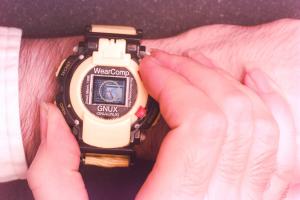 463
463
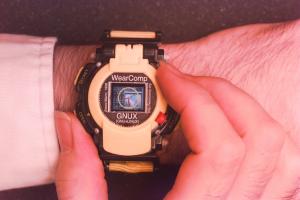 464
464
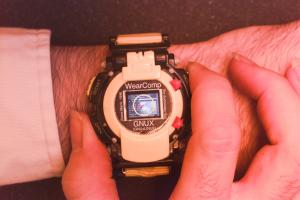 465
465
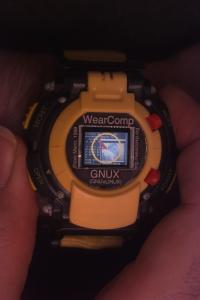 466
466
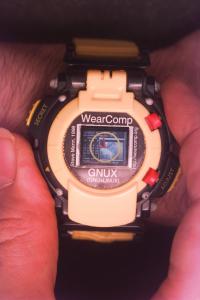 467
467
 468
468
 469
469
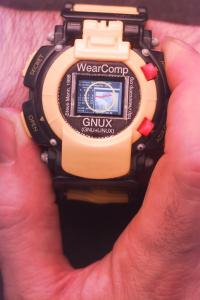 471
471
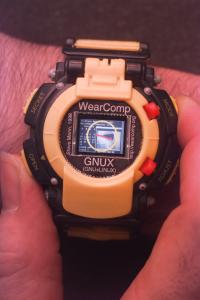 472
472
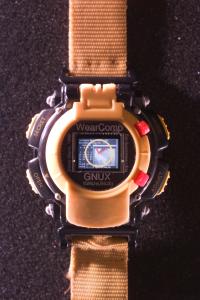
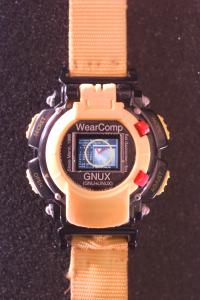
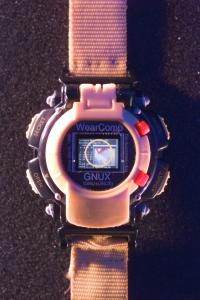
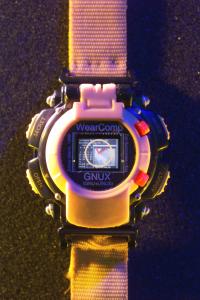
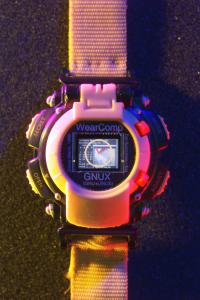
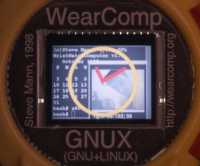
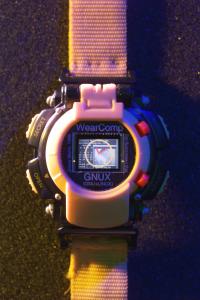
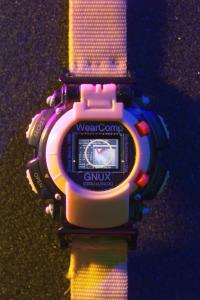
also, because the video was freeze-framed for the long exposure, the clock hands sometimes painted it over (had to keep refreshing the window behind the clock), so some pictures have partially obliterated screen behind the clock.
however, three of these pictures: frame numbers 464, 466, and 472, appear to be satisfactory:
 463
463
 464
464
 465
465
 466
466
 467
467
 468
468
 469
469
 471
471
 472
472
ISSCC: 'Dick Tracy' watch watchers disagree By Peter Clarke EE Times (02/08/00, 9:12 p.m. EST) SAN FRANCISCO -- Panelists at a Monday evening (Feb. 7) panel session at the International Solid State Circuits Conference (ISSCC) here failed to agree on when the public will be able to buy a "Dick Tracy" style watch for Christmas, with estimates ranging from almost immediately to not within the next decade. Steve Mann, a professor at the University of Toronto, was hailed as the father of the wearable computer and the ISSCC's first virtual panelist, by moderator Woodward Yang of Harvard University (Cambridge Mass.). ... Not surprisingly, Mann was generally upbeat at least about the technical possibilities of distributed body-worn computing, showing that he had already developed a combination wristwatch and imaging device that can send and receive video over short distances. Meanwhile, in the debate from the floor that followed the panel discussion, ideas were thrown up, such as shoes as a mobile phone -- powered by the mechanical energy of walking, and using the Dick Tracy watch as the user interface -- and a more distributed model where spectacles are used to provide the visual interface; an ear piece to provide audio; and even clothing to provide a key-pad or display.ISSCC2000